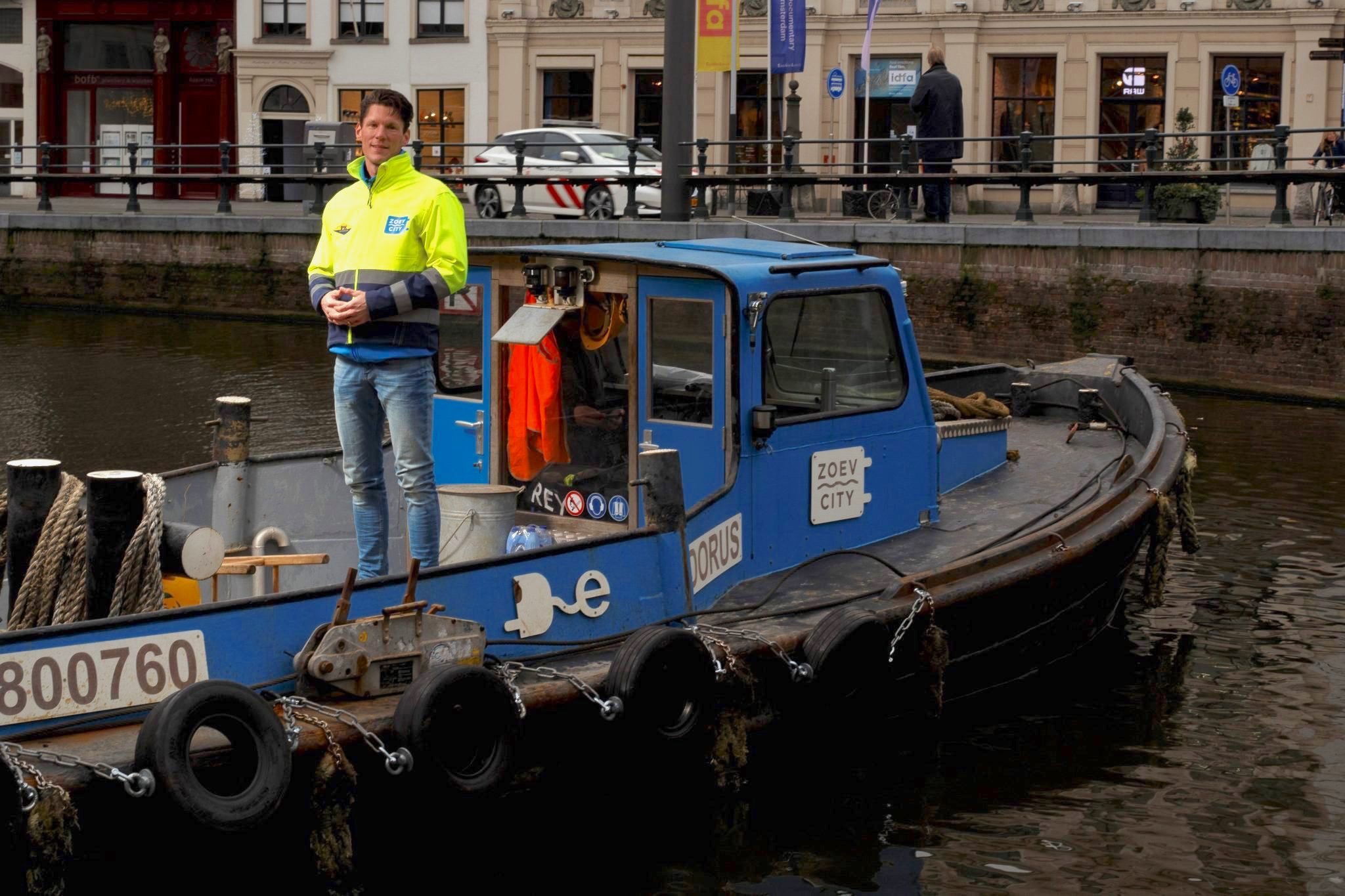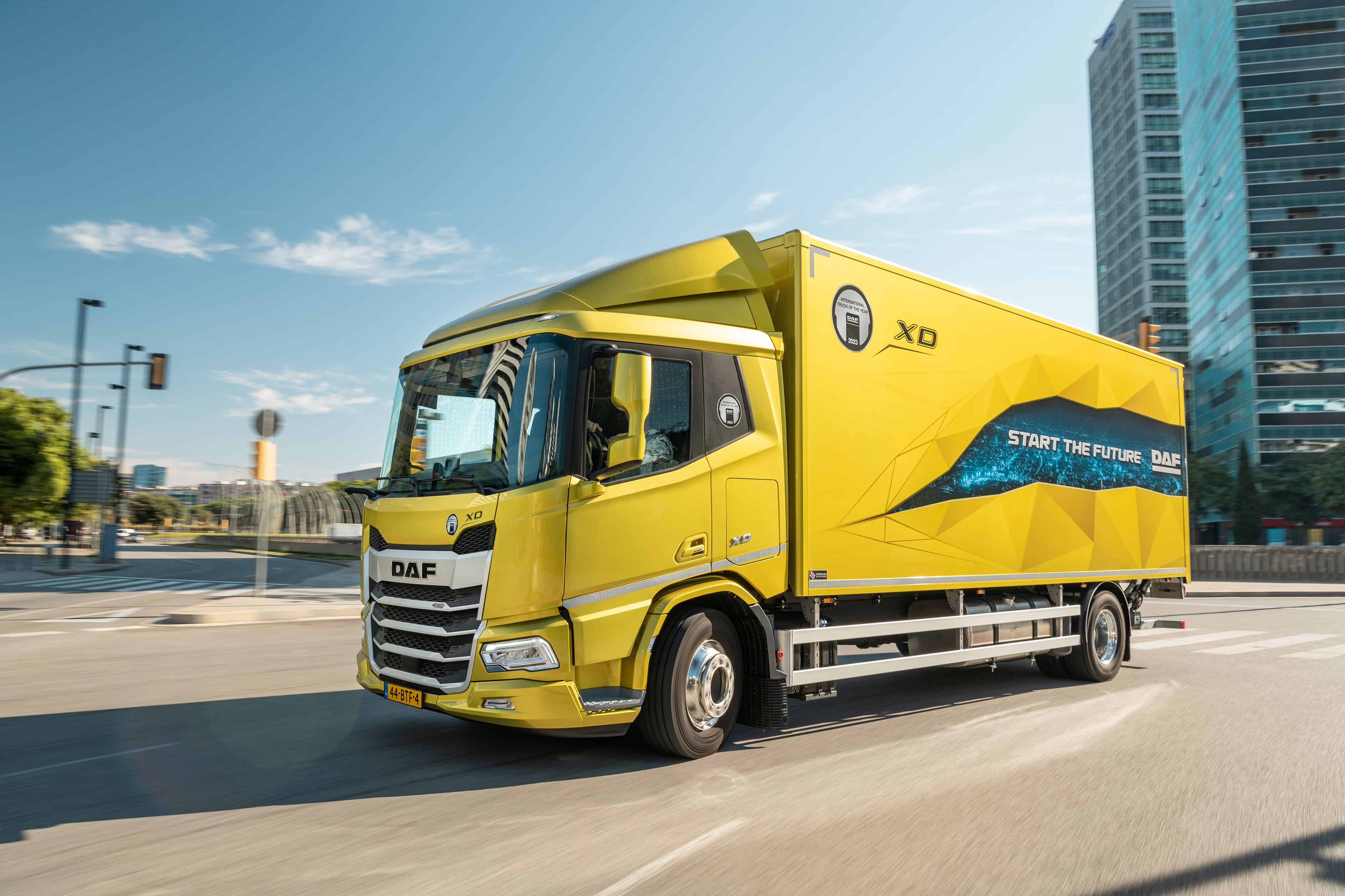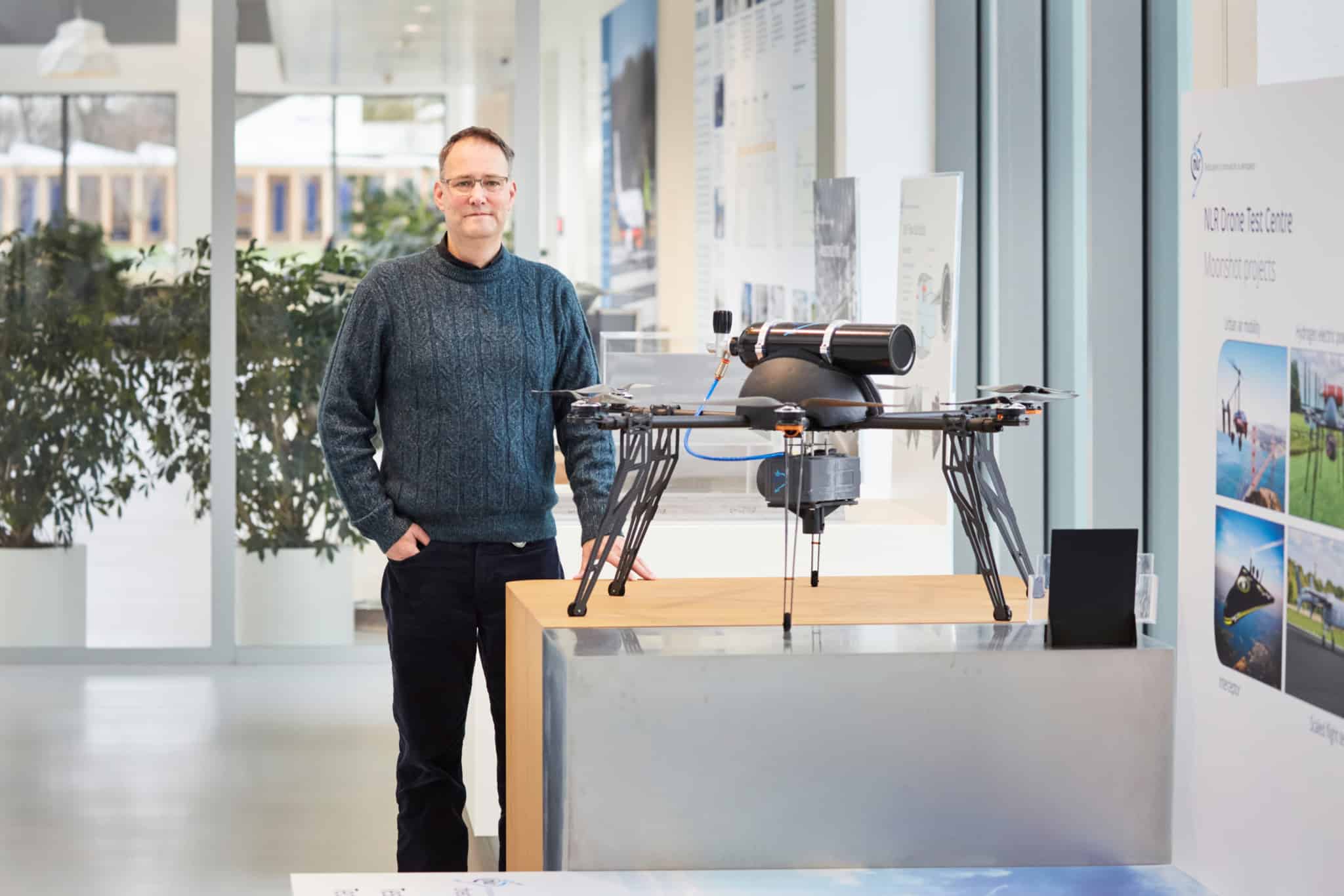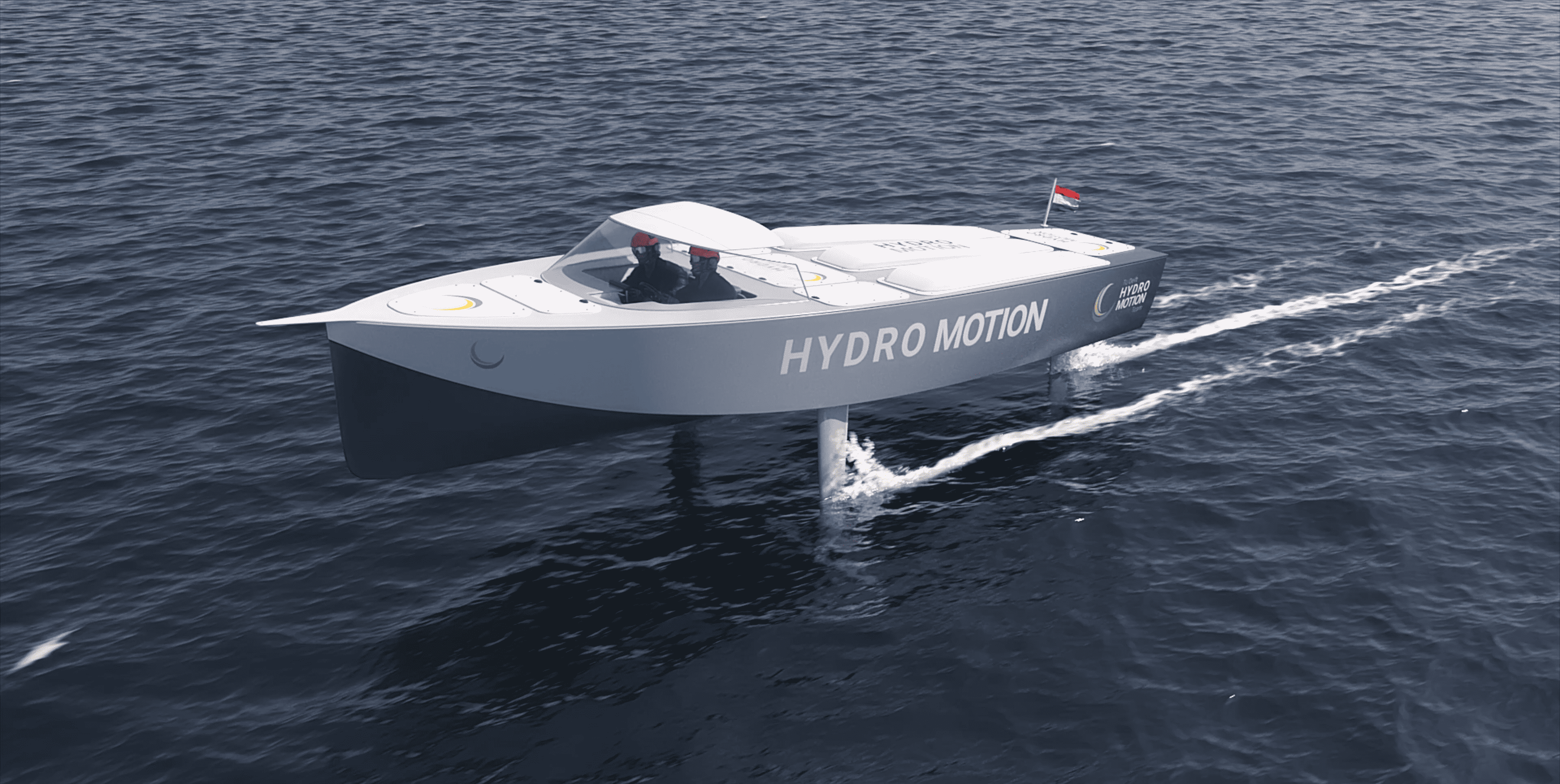
Amsterdam’s canals are collapsing under the weight of heavy, polluting trucks. Shipping company Zoev City, with the assistance of the Netherlands Organisation for Applied Scientific Research (TNO), provides goods transport and waste collection services across water. It is already electric and will shortly be combined with hydrogen.
Bart Verweijen, founder and co-owner of Zoev City (which stands for Carefree Electric Transport in the City in English) was born and raised on the water. He grew up in Amsterdam North, where he lived on a houseboat his entire childhood. “I spent a lot of hours on the water; sailing, cruising through the canals, you name it. My love of water has always remained. Nowadays I am also living on a houseboat once more; in Zaandam.”
Four years ago, Verweijen founded his Zoev City. In cooperation with PK Waterbouw, his company utilizes all of its sailing equipment to transport waste, catering supplies and construction materials.
Sustainable enterprise
In addition to his love of water, Verweijen is also passionate about sustainability. “Although we didn’t have anything to complain about in terms of money, I was taught by my parents this attitude to life: Enough is enough.” Verweijen’s love of water and passion for sustainability come together very nicely in Zoev City. His mission: “I want to make profound changes in existing systems – in this case, urban logistics.” Before founding his own sustainable barge shipping company, Verweijen (educated in business administration) worked for several sustainable start-ups. Including Dopper, his brother’s company. “There, I also learned a lot about what it means to run a sustainable business.”

Necessity
At the moment, heavy trucks still account for the lion’s share of goods distribution and waste collection in Amsterdam’s historic inner city. Verweijen: “That is a real crime. Apart from the environmental effects such as CO2 emissions and air pollution, this also causes enormous traffic congestion on the canals. It also puts people’s safety at risk. Not to mention the old, historic quays and bridges that are in danger of collapsing under the weight of those trucks. You can simply see that this is no longer acceptable.”
According to Verweijen, the realization that things have to be done differently is now beginning to filter through to the logistics sector as well. Transportation by boats on the canals, just like in the old days, but in an innovative and sustainable way, holds the answer to these problems.
Money
Unfortunately, the issue of funding remains an obstacle. Verweijen: “Technology is not the problem. That’s already in place. But then people tend to say: ‘Yes, great idea, but it’s too expensive.’ – Isn’t that nuts? We don’t mind spending money on the latest iPhones, but we do mind when it comes to sustainability. After all, it’s really all about what you are prepared to spend that money on!”
Now, converting ships to sustainable alternatives like electrification does cost a lot of money. Let alone to replace them completely, which Verweijen says is actually the best option. “For comparison, a new ship running on diesel costs about 150,000 euros. Whereas building a new ship with an electric motor that sails on electricity has a price tag of 600,000 euros. In other words, quadruple that amount!”
Consequently, investors are crucial for making shipping more sustainable. However, finding investors continues to be problematic. All the more so because the margins within the transport world – also within inland shipping – are relatively modest.
Verweijen: “For a restaurant owner, for example, it can easily cost 25 percent more to have their garbage bags collected over the water in a sustainable manner. The same applies to a contractor who wants to have their construction materials delivered by electric boat.”
Custom made
However, when it comes to making inland navigation more sustainable, according to Verweijen another issue plays an important role besides money. “Ships are custom made. As such, it is much more complicated to switch to sustainable innovations than, for example, in the car industry. An automobile manufacturer can equip a multitude of cars with an electric motor in one go. Or order a whole batch of batteries. Which makes investment and scaling up within the shipping industry very difficult.”
Electricity and hydrogen
Undaunted by all these obstacles, Verweijen has now had three pusher tugboats re(built). “These have since been fitted with an electric motor. Or more precisely: With a hybrid system, which enables us to sail fully electrically for about half a day in the city. But, because the onboard battery capacity is not yet enough, we have to switch to diesel outside of the city.”
Additionally, two brand new boats are in the works. “Those are being built specifically so that you can switch from electric to hydrogen instead of diesel.
This is a ultra-expensive innovation that Verweijen was able to pay for thanks to a subsidy from the Netherlands Enterprise Agency (RVO). The TNO was on hand to support his company in the process.
“TNO was responsible for the project coordination, made risk analyses for us, bundled all the available knowledge together and made contact with entrepreneurs who already had experience with this kind of innovation. Not only with the engineering, like the construction of double walls and the arrangement of compartments. But also with questions like: ‘What safety measures do you have that can be applied to hydrogen? What do you have to do to get your grant application approved? How do you go about acquiring certain permits?'”
Setting a good example
“Hydrogen is already being used on land but still not used very much professionally on water,” Verweijen adds. “No hydrogen-powered tugboats have been certified yet. That makes Zoev City rather unique for the time being.”
How does he foresee the future, in, say, five years? “The intention is that by that time, at least half of our fleet will be sailing entirely on renewable fuels. However, investments in sustainable inland shipping are not only needed to complete our own business case but also to enable upscaling. The point of the grant that we received for this project is that it is scalable. I hope that other entrepreneurs will follow our example as soon as they can, so that sustainable transport will eventually become widely accepted and even the norm.”







